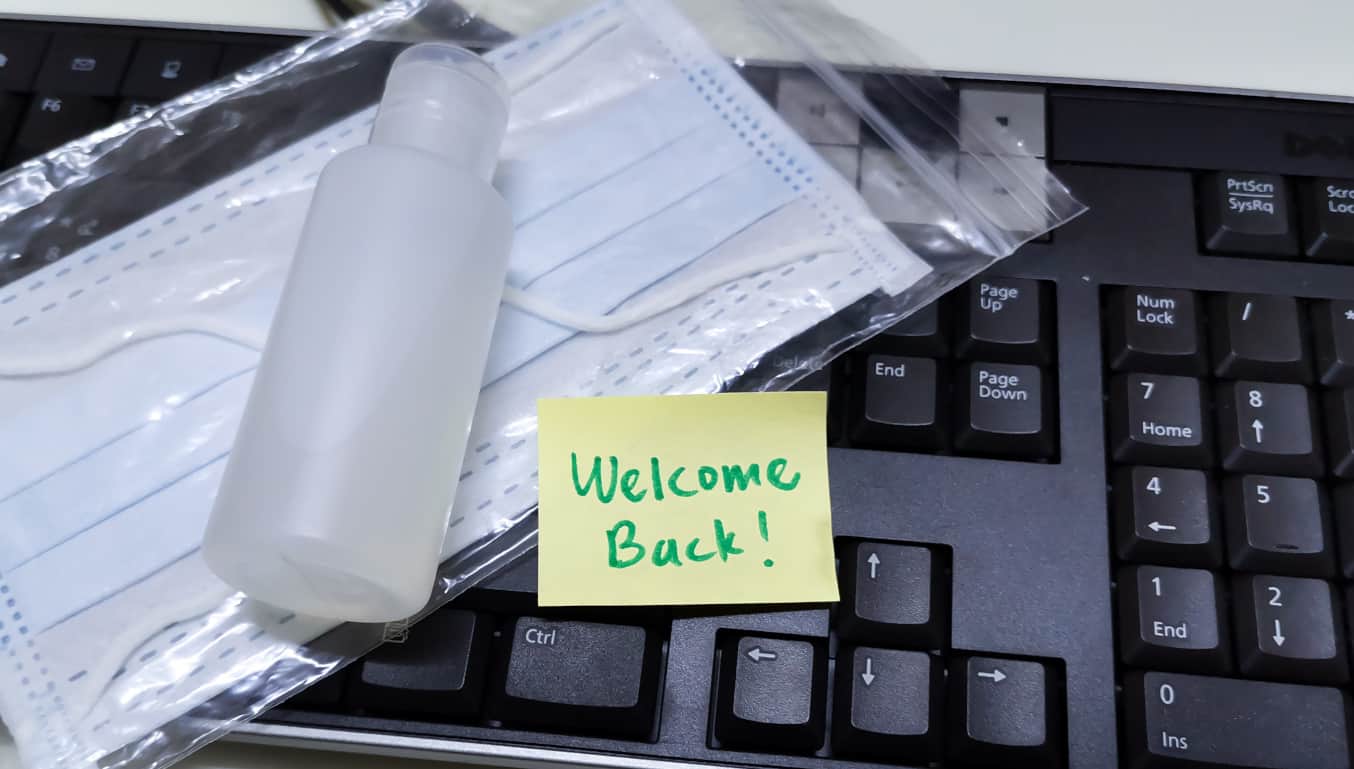Figures from the Office of National Statistics show that in July 2020, 86% of individual’s working remotely, were doing so due to COVID-19. With businesses now welcoming staff back to the office, it is a prudent time to reflect on some positive working practices adopted in the last 15 months that can continue to benefit your business moving forward.
1. Prioritising mental health
The pandemic has put mental health in the spotlight. A report published yesterday from the Organisation for Economic Cooperation and Development has warned of the global surge in mental health problems, with young people and those on low incomes impacted the most.
Employers legal duty to ensure the health, safety, and wellbeing of their employees at work includes mental health. In particular, employer’s must address the risks associated with lone working under health and safety law.
Previously, employer’s obligations in respect of lone working may have only applied to a handful of staff that worked remotely. However, for some businesses in March 2020, their entire workforce became remote, lone workers overnight.
In response, many businesses adapted risk assessments for employees to undertake themselves from home which included questions specifically focusing on mental health and wellbeing. Conversations around mental health have become more regular and open and this may in part be due to the impact of the pandemic on everyone in some way, shifting the focus on mental health mattering for all.
In response, HR teams in the last 15 months have got creative. Examples from our clients include organising virtual yoga and gym classes, creating directories of mental health support charities, the inclusion of phyco-therapies in health and cash benefits plans and extending lunch breaks to encourage exercise.
There is a big difference in a casual “how are you doing” at the water cooler, in comparison to an intentional check-in on wellbeing and mental health. The pandemic removed the ability to do the former in replacement of the latter. This is a positive legacy of the pandemic which should be continued by businesses despite a return to the office.
Continuing such intentional conversations and maintaining mental health support and activities will build a more inclusive and supportive culture in your workplace which should positively impact attendance, productivity, and resilience amongst staff.
2. Protecting deep focus working time
Many employees have reported increased productivity from working from home due to the lack of distractions, office noise and interruptions. For others, this part of the office environment has been greatly missed.
With many offices having to adapt to accommodate social distancing, it is worth considering whether the office space can be adapted to suit different styles of working to get the most out of staff.
Whether this is dedicating quiet areas for work, giving employees the ability to block out their diary to ensure focus, collaboration areas or adopting “no Zoom meeting Fridays” to allow breaks from screens. As the way we work has changed so dramatically this has given employees an insight into to what working environment works best for them.
Employers can now capitalise on this information to maximise productivity. Whether this is by adapting the office set up or allowing hybrid-office/home working moving forward.
Figures from the Office of National Statistics show that in July 2020, 86% of individual’s working remotely, were doing so due to COVID-19.
3. Enabling hybrid working of home and office
To continue from the above, many employees report a better work life balance working from home, with time spent commuting replaced by increased time for family, exercise, cooking etc.
Many employers are enabling a hybrid model of home and office moving forward. However, in a previous webinar we discussed some risks associated with this. Employers should try and avoid the creation of two-tier workforce between those working from home and in the office. Studies have shown that we achieve better collaboration in person, so care should be taken that home workers are not being “left behind”.
Equally, as home workers are less visible, this could mean they inadvertently miss out on opportunities; to pick up work, socialise or otherwise. Particularly over the next few months, there may be some workers who are concerned about COVID-19 variants or who are not yet vaccinated. Care should be taken to ensure the business remains inclusive, regardless of who is in the office or not.
For these reasons, many businesses have chosen set days in which they require all staff to come in as a minimum. It seems across many industries; 3 days in and 2 days from home will be the model adopted by most. Consider whether your business should designate specific office days, to ensure collaboration across the entire team.
4. Protecting discreet 1-2-1s
Working remotely has increased the ability to have 1-2-1 conversations discreetly. For many employees, the increased ease at raising any issues or concerns has meant they have done so more quickly, allowing employers to nip situations in the bud and prevent small occurrences from turning into bigger issues.
Discreet 1-2-1s have also enabled employees to have more frequent discussions with managers about performance and progression without attracting attention from other staff.
This has made conversations with managers and colleagues more accessible with the ability to have a quick 5 minute chat without having to leave respective desks.
As these conversations may have improved performance monitoring as well as “temperature checking” employee’s engagement levels and providing the ability to iron out issues before they escalate, consider ways that quick and discreet 1-2-1s can be protected following a return to the office.
5. Continuing professional development
As the pandemic forced us all home and behind our screens, professional resources went online. The last year has seen exponential increases in webinars, podcasts and online training, allowing individuals’ to undertake professional development and learning on their lunch breaks.
Businesses continuing to provide these resources, despite the return to the office, are likely to retain a competitive edge.
Equally, employers who enable employees to attend webinars from their desks in the office will benefit from their increased professional development.
If you would like to speak to one of our employment and HR experts about your working practices on a return to the office, do not hesitate to get in contact with one of our team.




